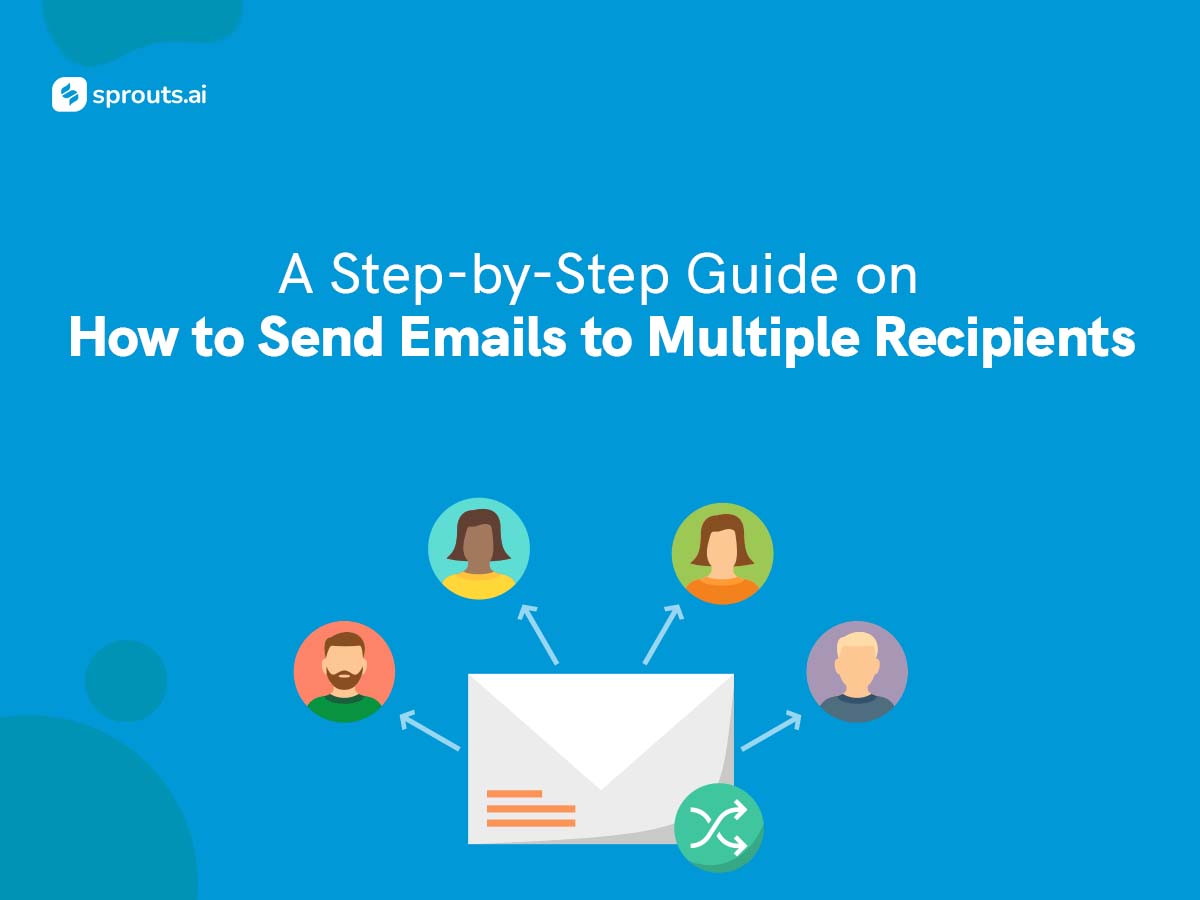Do you want to reach out to more people and grow your business, network, or influence? Email outreach is one of the best ways to do that. But it’s not as easy as it sounds. You have to deal with spam filters, boring messages, and low response rates.
That’s why you need this blog. Through this blog, you will learn how to send emails to multiple recipients like a pro by following these steps:
1. Define your goal and audience: Before you start sending emails, you need to have a clear goal and a well-defined audience. What are you trying to achieve with your email outreach? Who are you trying to reach and why? How can you provide value to them?
Some common goals for email outreach are:
– Generating leads or sales
– Building relationships or partnerships
– Getting feedback or testimonials
– Promoting content or products
– Requesting a link or a mention
– Inviting to an event or a webinar
Depending on your goal, you need to identify your ideal recipients and segment them into relevant groups. For example, if you are promoting a new product, you might want to target different segments based on their industry, location, role, or pain points.
2. Find and verify email addresses: Once you have your target audience, you need to find their email addresses. There are several ways to do this, such as:
– Using online tools or databases that collect and verify email addresses
– Searching on social media platforms or websites where your prospects might have shared their contact information
– Asking for referrals or introductions from your existing contacts or customers
– Guessing or testing common email formats based on the prospect’s name and domain name
Whichever method you use, make sure to verify the email addresses before sending your messages. You can use tools like MailTester or Hunter to check if the email addresses are valid and deliverable. This will help you avoid bouncing emails and damaging your sender reputation.
3. Craft your subject line and email copy: The next step is to write your subject line and email copy. These are the most important elements of your email outreach, as they determine whether your recipients will open, read, and respond to your messages.
Your subject line should be:
– Short and catchy
– Relevant and specific
– Curious and intriguing
– Personalized and human
Your email copy should be:
– Clear and concise
– Friendly and professional
– Value-oriented and benefit-driven
– Actionable and urgent
– Personalized and human
Here are some tips to craft effective subject lines and email copy:
– Use the recipient’s name, company name, or other personal details to show that you know them and that your email is not spam
– Use questions, numbers, emojis, or power words to spark interest and curiosity
– Use social proof, testimonials, or case studies to demonstrate your credibility and authority
– Use a clear and compelling call to action that tells the recipient what you want them to do and why they should do it
– Use a PS or a PPS to add a personal touch, a bonus offer, or a reminder
4. Test and optimize your emails: Before you hit send, you need to test and optimize your emails to ensure that they will reach your recipients’ inbox and that they will perform well. Some of the things you need to test and optimize are:
– Your sender name and email address
– Your subject line and email copy
– Your email design and layout
– Your email timing and frequency
– Your email deliverability and spam score
You can use tools like Litmus or Email on Acid to test how your emails will look on different devices and email clients. You can also use tools like CoSchedule or SubjectLine to test and improve your subject lines. You can also use tools like Mailchimp or SendGrid to test and monitor your email deliverability and spam score.
5. Track and measure your results: The final step is to track and measure your results to see how your email outreach is performing and how you can improve it. Some of the metrics you need to track and measure are:
– Open rate: The percentage of recipients who opened your email
– Click-through rate: The percentage of recipients who clicked on a link in your email
– Reply rate: The percentage of recipients who replied to your email
– Conversion rate: The percentage of recipients who took the desired action after receiving your email
– Bounce rate: The percentage of emails that were returned by the recipient’s server
– Unsubscribe rate: The percentage of recipients who opted out of receiving your emails
You can use tools like Mailtrack or Yesware to track and measure these metrics. You can also use tools like Google Analytics or HubSpot to track and measure the impact of your email outreach on your website traffic, leads, and sales.
Email outreach is a powerful marketing strategy that can help you achieve various goals and reach various audiences. But it also requires careful planning, execution, and optimization to be successful. By following these steps, you can master the art of email outreach and send emails to multiple recipients with confidence and ease.

